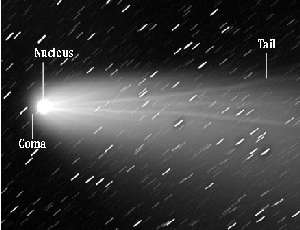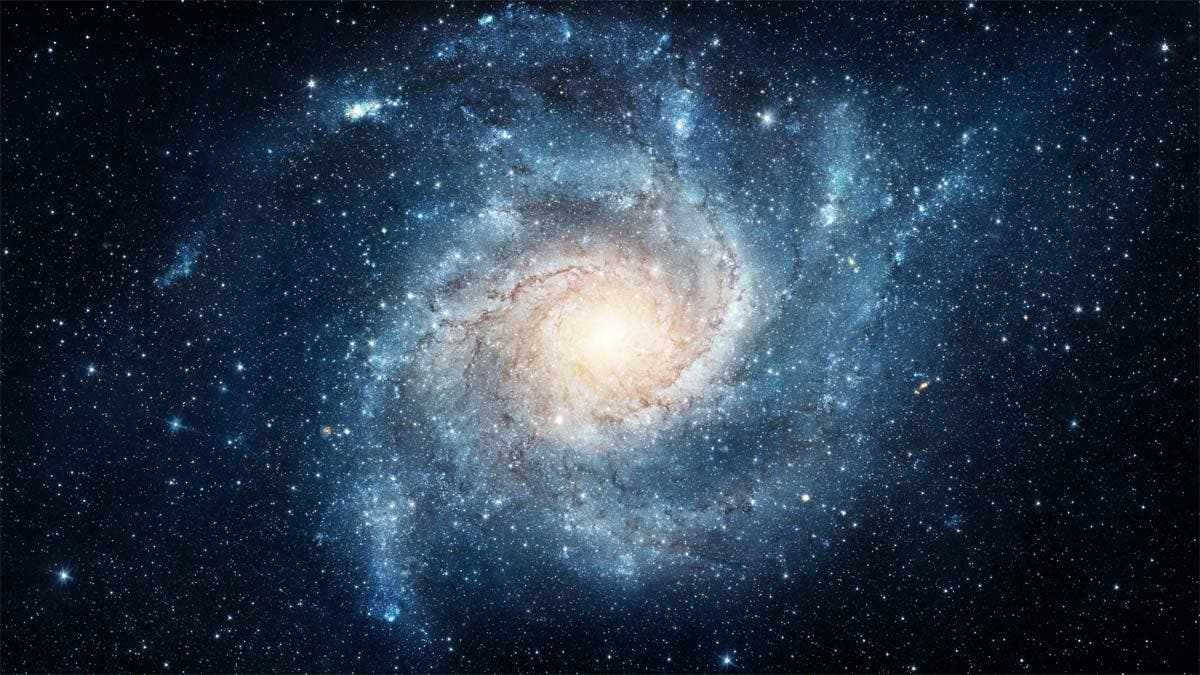
iOptron SkyTracker Camera Mount with Polar Scope, White
This item is no longer available.
Questions & Answers
Reviews about this item
Review Summary
2016-12-09T11:31:52
Astrophotography on a budget
This iOptron SkyTracker is a wonderful way to get into Astrophotography with limited funds. When time is short and I see the sky clear I quickly set this up, attach the camera and start shooting beautiful images of the night sky. I would recommend a sturdy tripod and remote release cable to avoid vibrations. Additionally, use of AC power is also recommended when taking an unattended series of pictures. The SkyTracker works well keeping up with the movement of the earth allowing long exposures. The only issue I have had is with the thumb screws becoming loose which holds the ball-head steady. Definitely worth including the camera ball-head with purchase! To give one an idea of how much I like the SkyTracker I have two of them!
KEITH W.
2013-06-26T21:00:00
Treat yourself to a great product
Just what I was looking for. In pursuit of Comet PANSTARRS (as a prelude to Comet ISON) I was looking for something reliable, light, and easy to set up. The SkyTracker does great on all counts. I highly recommend this mount to anyone who values portability, reliability, and ease of use.
karlh
Select a plan in the Add Protection section above and purchase with this product by clicking “Add to Cart”.
TRUSTED PROTECTION PLANS, EXCEPTIONAL SERVICE.
Invest In Your Gear and Peace Of Mind!
Accidents happen where life happens. Protect your favorite Adorama products and purchase a protection plan to stay covered from accidental damage, mechanical or electrical failure, and more.
Repair or Replacement
If we can’t fix it, we’ll replace it at no additional cost.
Accidental Damage
Protect your product from drops, spills, and more.
Peace of Mind
Enjoy your gear without fear. We have you covered!
Malfunction Protection
When regular use of your product over time results in mechanical or electrical failure.
Zero Deductible
We will never charge you a deductible after the purchase of a plan.
Customer-Focused Support
Our claims process is simple & easy and our customer service team is happy to help.
Adorama Protect powered by Extend is available for purchase to customers in the United States. Not available for purchase Internationally or in U.S. Territories.
Browse our FAQ
iOptron SkyTracker Camera Mount with Polar Scope, White Specifications
Mount
Ultra compact EQ
Payload (MAX)
6.6 lbs (3kg)
Body material
Cast aluminum
Latitude adjustment range
0deg. to 70deg.
Worm wheel
80mm, 156 teeth aluminum alloy
Worm gear
11mm, brass
Bearing
4 pieces
Motor drive
DC servo
Tracking
R.A. automatic
Tracking speed
1X Cel, 1/2 Cel, N/S
Polar sight hole
Approx. 8.5deg. FOV
Polar scope
6deg. FOV with dark field illuminated
Power consumption
DC 4.8 - 6V, 0.06A at Max load
Power requirement
4 AA batteries, or External DC 9 -12V, 500mA
Duration of operation
24 hours at 20deg.C
Built in accessory
Compass
Operation Temperature
-10 to 40deg.C
Base connect
3/8" threaded socket
Dimensions
153x104x58mm / 6.02x4.09x2.28"
Weight
2.4 lbs (1.1kg) without battery
UPC Code
6943831500988
1 Accessories for iOptron SkyTracker Camera Mount with Polar Scope, White
- All Accessories (1)
- Batteries & Power Supply (1)

iOptron 12V Car Recharger with Cigarette Type Power Lead
About iOptron SkyTracker Camera Mount with Polar Scope, White
Astrophotography on a budget
By KEITH W.
This iOptron SkyTracker is a wonderful way to get into Astrophotography with limited funds. When time is short and I see the sky clear I quickly set this up, attach the camera and start shooting beautiful images of the night sky. I would recommend a sturdy tripod and remote release cable to avoid vibrations. Additionally, use of AC power is also recommended when taking an unattended series of pictures. The SkyTracker works well keeping up with the movement of the earth allowing long exposu...
View full Review
Treat yourself to a great product
By karlh
Just what I was looking for. In pursuit of Comet PANSTARRS (as a prelude to Comet ISON) I was looking for something reliable, light, and easy to set up. The SkyTracker does great on all counts. I highly recommend this mount to anyone who values portability, reliability, and ease of use.
The iOptron SkyTracker Camera Mount (White) is simple to set up. Just attach the unit to a standard camera tripod. Then slide and lock your digital camera into the saddle. Align SkyTracker to Polaris, the North Star, using the included dark field illuminated polar scope. Then turn on the motor and it keeps your camera tracking at the same speed the earth rotates. The unique DC servo motor keeps your camera in motion to avoid star trails and allows you to take long exposures for beautiful images of the night sky. SkyTracker runs on 4AA batteries for portability at any location.
iOptron SkyTracker Camera Mount with Polar Scope, White Features
- Attaches to any standard camera tripod
- Accepts cameras weighing up to 6.6 lbs (3 kg)
- Auto-tracking for smooth camera motion perfect for long-term exposures
- Cast aluminum body with plastic painting finish
- Integrated compass and latitude adjustment wedge for easy polar alignment
- Also includes AccuAligning dark-field illuminated polar scope
- Up to 24 hours of operation on 4AA batteries
Key Features
- Attaches to any standard camera tripod
- Includes AccuAligning dark-field illuminated polar scope
What's in the box:
- iOptron SkyTracker Camera Mount with Polar Scope
- Padded Carry Bag
- iOptron 1 Year Limited Warranty

